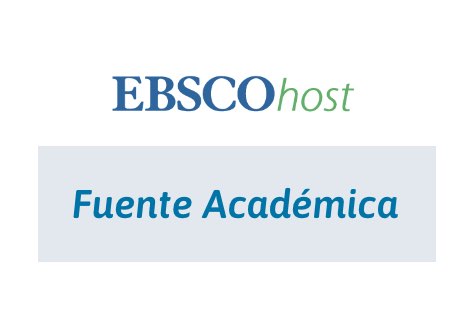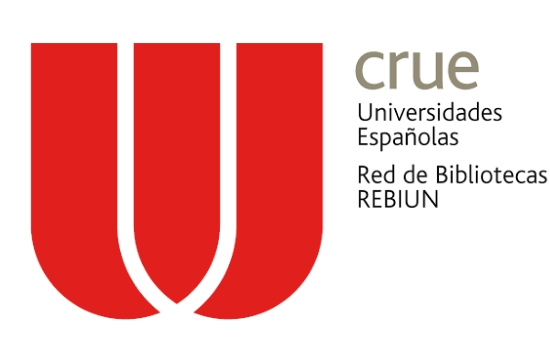Between threads and numbers: Ethnomathematics in the crafting of chinchorros and bolsos
DOI:
https://doi.org/10.22267/relatem.25181.113Keywords:
Counting, Symmetry, Ethnomathematics, Weaving, Craftsmanship, Geometry, Cultural patternsAbstract
This article analyzes the Ethnomathematics present in the artisanal manufacture of hammocks and bags in the Eastern Plains of Colombia. The main objective is to document and analyze this implicit mathematical knowledge, highlighting its value in the creation of patterns and weaving techniques, where research was undertaken with a qualitative and ethnographic approach, using direct observation and semi-structured interviews with three local weavers. The research problem focuses on how mathematical concepts, such as symmetry, proportion and geometry, are used by artisans intuitively in their textile practices, representing traditional knowledge that links mathematics with cultural heritage. The cultural implications of this study highlight the need to value and preserve this traditional knowledge as part of the legacy. The research shows that the integration of ethnomathematical knowledge in education could enrich the teaching of mathematics by using it in practical and cultural contexts, thus promoting more contextualized learning that reinforces identity and ancestral knowledge in the classrooms. The results indicate that weavers apply principles of axial and radial symmetry, counting, multiplication and geometric proportions to structure their designs and the aesthetics of each piece. This knowledge is transmitted from generation to generation and reflects empirical mathematics, sustains and preserves the cultural identity of the region.
Downloads
References
Araujo, L. A., y Aroca, A. (2024). Epesejia o Peso de Mano: una contribución a la Educación Matemática del Pueblo Wayuu. Journal of Mathematics and Culture, 106-128.
Aroca, A. (2009). Geometría en las mochilas arahuacas. Por una enseñanza de las matemáticas desde una perspectiva cultural. Editorial Universidad del Valle. https://doi.org/10.25100/peu.553
Borrastero, L. (2015). Las sociedades indígenas y su incorporación al proceso de producción. Estudios del ISHiR, 5(12), 54-81
Calderón, M. I. (2016). Reflexión en torno a la obra de Antonio Grass: una propuesta pedagógica para el estudio de las culturas indígenas en la educación artística [Tesis de maestria, Universidad Jorge Tadeo Lozano]
http://hdl.handle.net/20.500.12010/1777
D’Ambrosio, U. (2014). Las bases conceptuales del Programa Etnomatemática. Revista Latinoamericana de Etnomatematica, pp. 7(2), 100-107.
Epieyu, R. (2018). Miedo a enseñar como wayuu. Caminos Educativos, 5(1), 25–32.
Gerdes, P. (2014). Geometria Sona: Reflexões sobre uma tradição de desenho em povos da África ao Sul do Equador. Universidade Pedagógica.
Martínez, O. (2012). Una experiencia de capacitación en Etnomatemática en docentes indígenas venezolanos. Journal of Mathematics and Culture, 6(1), 286-295.
Meneses Cabrera, T., y Cardozo Cardona, J. (2014). La Etnografía: una posibilidad metodológica para la investigación en cibercultura. Revista Encuentros, 12(2), 93-103. http://scielo.org.co/scielo.php?script=sci_arttext&pid=S1692-58582014000200007.
Peña, P. (2014). Inclusión de conocimientos matemáticos locales en los de currículos de matemáticas en situaciones de interculturalidad. Revista Científica, 3(20), 153-157.
Radford, L. (2006). Elementos de una teoría cultural de la objetivación. Revista Latinoamericana de Investigación en Matemática Educativa RELIME, 9(Extraordinario 1), 103-129.
Radford, L. (2021). Las Etnomatemáticas en la Encrucijada de la Descolonización y la Recolonización de saberes. Revista Latinoamericana de Etnomatemática, 14(2).
Rice, E. (2020). El patrón de la modernidad: textiles en el arte, la moda y la memoria cultural en Nigeria desde 1960 [Tesis doctoral].
Sugimoto, T. (2020). Pentagons and rhombuses that can form rotationally symmetric tilings. arXiv https://arxiv.org/pdf/2005.12709
Trujillo, O., Miranda, I. y De la Hoz, E. (2018). Los sistemas de medida en la comunidad Arhuaca: su uso en distintos contextos. Revista Latinoamericana de Etnomatemática, 11(2), 31 51.
Downloads
Published
How to Cite
Issue
Section
License
Copyright (c) 2025 Yadira Paola Loaiza Gaona, Brayahan Andres Ortiz Ballesteros, Jhonatan Flover Gomez Espitia, Jhonatan Flover Gomez Espitia

This work is licensed under a Creative Commons Attribution 4.0 International License.
Once the article is accepted by the Latin American Journal of Ethnomathematics, the authors cede the rights to publish and distribute the text electronically, including storing it and making it available online.
The authors can distribute their own material without soliciting permission from the Latin American Journal of Ethnomathematics, whenever mentioning that the original version is found at http://www.revista.etnomatematica.org
Copyright © 2008, Latin American Journal of Ethnomathematics
All contents of the Latin American Journal of Ethnomathematics are published under the _ and can be used freely, giving credits to the authors and to the Journal, as established by this license.











